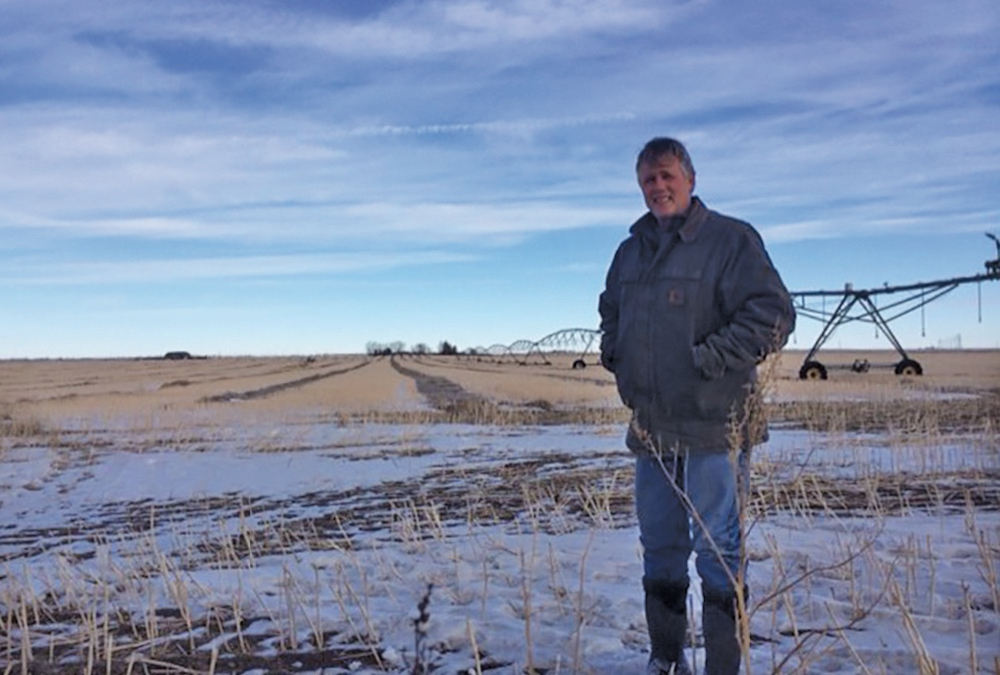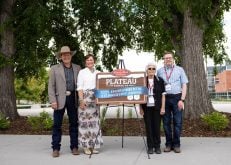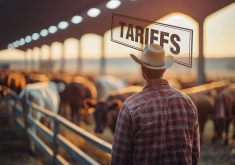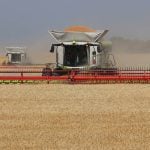This past year may have been a better year for Alberta’s cattle producers than 2018 was, but you’d be hard pressed to find many who would call it good.
Between uncertain feed supplies, whiplash-inducing weather conditions, and variable cattle markets, producers across the province had to dig into their reserves, find a degree of patience, and call upon their hard-won experience to make a profit in 2019.
Here, three Alberta cattle producers share the ups and downs they faced this year.
Fred Lozeman, Claresholm
Read Also
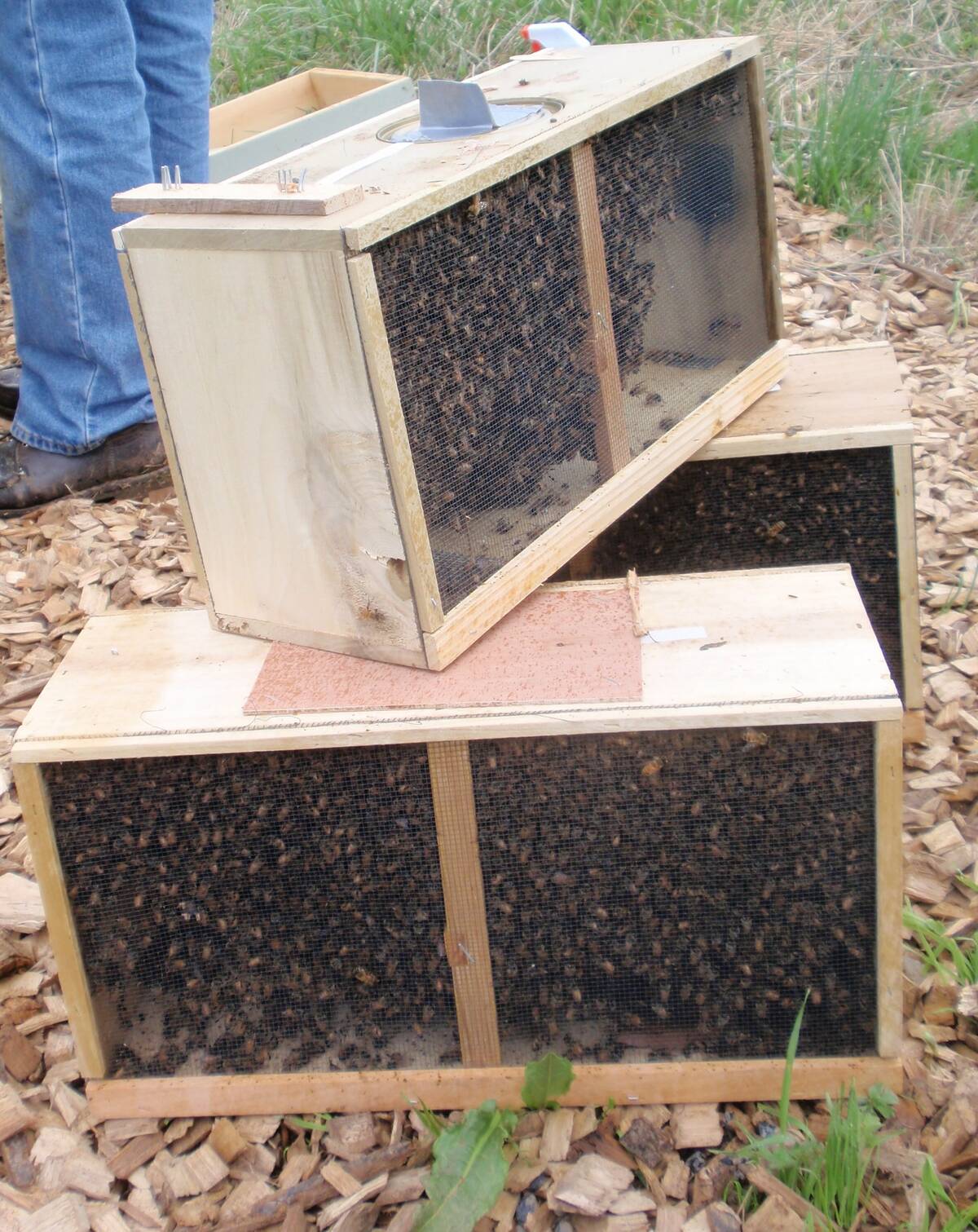
Canadian beekeepers call for regulatory accountability
Beekeepers say the Canadian Food Inspection Agency should restore U.S. packaged bee shipments, claiming the agency isn’t following evidence.
“For this area of the province, it was definitely an improvement over 2018,” said Lozeman.
“The first part of the year seemed to be relatively dry. The second part of the year turned out to be relatively wet. But the grass did grow. Our hay crops were probably a little below average, but definitely better than 2018.”
It was also a little easier to secure feedstuff this year — another improvement over last year, he added.
“That was a nice, welcome relief for a lot of people. We had adequate feeds we could grow or, if we had to, to purchase.”
But prices weren’t what he’d hoped for. Calf prices, while down a bit, were “satisfactory” but “it was definitely a challenge to make some money on finished cattle for a lot of 2019.”
“We dealt with very high feed prices in the early part of 2019, so I think that really affected the ability to make some profit on a lot of the cattle that we had on hand,” said Lozeman, who has a mixed operation.
“All of the things that go into making up those prices — including concern about trade disruptions not only in cattle but in hogs and canola — factored in to 2019 in terms of profitability.”
These ups and downs are just par for the course on Lozeman’s operation, though.
“I’ve been at this for 27 years since I came back to farming, and every year is a little bit different.”
But he has high hopes for next year. Cattle markets are looking stronger, and the moisture situation heading into winter should get next year’s season off to a good start.
“That’s always very gratifying to watch — when spring hits and the grass is growing great and the hay crops are looking good,” he said. “It’s not as stressful, so we’re looking forward to that.”
Duane Movald, Breton
“Cold, dreary, and wet” is Movald’s description of 2019.
“It was an overcast year. It was cool. The sunlight didn’t get through. It seemed like it was high humidity from February to where we sit today. The growing season never seems long enough, but this one was a really short growing season.”
Even so, Movald managed “decent grass production” this year, though his cereals didn’t reach maturity before the snow fell.
“We haven’t combined yet, let’s put it that way.”
So while there’s an abundance of feed, it’s not necessarily good quality, he added.
“If you’re looking for really premium-quality hay, it just isn’t out there. Not in any amounts.”
The cattle markets have been equally so-so.
“I was looking at some slips from year over year on steer calves that we marketed fairly close to the same time of year. They were somewhat heavier this year, and we grossed a few extra dollars. So that part was OK,” he said.
“But in the bred market this fall, some of the earlier bred sales seemed like they were under a bit of pressure. As we’ve got further into December now, it seems like they’ve strengthened up a bit.”
Movald is hopeful it will stay that way for a while.
“If the supplies start to tighten up, it should put beef producers in a good position to capitalize on things here. It’s just a matter of when,” he said.
He’s also excited to see what the new year brings for his cattle herd — particularly the new genetics he’ll be trying in his purebred Simmentals.
“At the beginning of a new year, you’re always anxious to see how your cumulative work is going to pan out. That’s always an exciting thing — to see where we’re at compared to other years,” he said.
“There are so many things we can’t deal with, but that’s one thing we have 100 per cent control over — what type of product we’re going to be producing.
“It keeps driving you forward when you can keep hitting these goals you have every year. In a new year, there’s always some optimism.”
Kelly Smith-Fraser, Pine Falls
Tight feed supplies was the worry a year ago.
“With the feed supply last winter, I was pretty much recalculating our bale count every week to make sure there was enough feed for the cows to get through the winter and make sure they were in good enough condition to breed back early,” said Smith-Fraser.
“But we got the cows through winter on a pretty tight supply by utilizing different feeding methods than what we’ve done before.”
Normally, Smith-Fraser’s cows are “fairly spoiled — they definitely get the best of the best feed that we can.” But this year, they had to stretch their feed supplies with straw, something they haven’t had to do in close to 20 years.
“I did not want to have to ship cows because of a feed situation, but I learned that I can still stretch the feed out a little while keeping the cows in the condition that I want,” she said.
A dry spring added to her worries, but that switched up in a hurry.
“When it started raining, it sure rained,” she said, adding it not only delayed haying but reduced protein levels. “They weren’t as good maybe as some of our best years, but they were still decent hay crops.”
A shop fire in the spring only added to the stress.
“We had a pretty devastating fire on our farm. We lost our shop and our chore tractor and bale shredder. So personally, we had kind of a devastating spring that just added some extra challenges.”
But 2019 wasn’t all bad for Smith-Fraser.
“I got a new shop,” she said with a laugh.
Calf markets provided another silver lining.
“The calf market was really good and strong this fall,” she said, adding cull prices were down a little. “The calf prices this fall were definitely a bright spot for us. It sure made last year a lot easier knowing that we put some expensive feed into those calves.
“All in all, it was a pretty darn decent year that started out pretty stressful.”
As for next year, Smith-Fraser is most looking forward to changes in Alberta’s beef industry. As the new chair for Alberta Beef Producers, she will be working closely with the organization’s board and staff to restructure the organization and make it more effective for Alberta’s beef producers.
“It’s such an awesome time to be involved in the industry,” she said.
A little closer to home, Smith-Fraser is excited about working with her eight-year-old daughter and other youth in the industry who are starting to show steers and prospect heifers.
“I continue every year to be excited about these youth who are coming into the industry,” she said.
“There’s a pile of interest, and it’s great to see the interest that those kids have and their desire to be involved in the industry. It’s just awesome the opportunities these kids get to have. That just makes my heart sing.”

